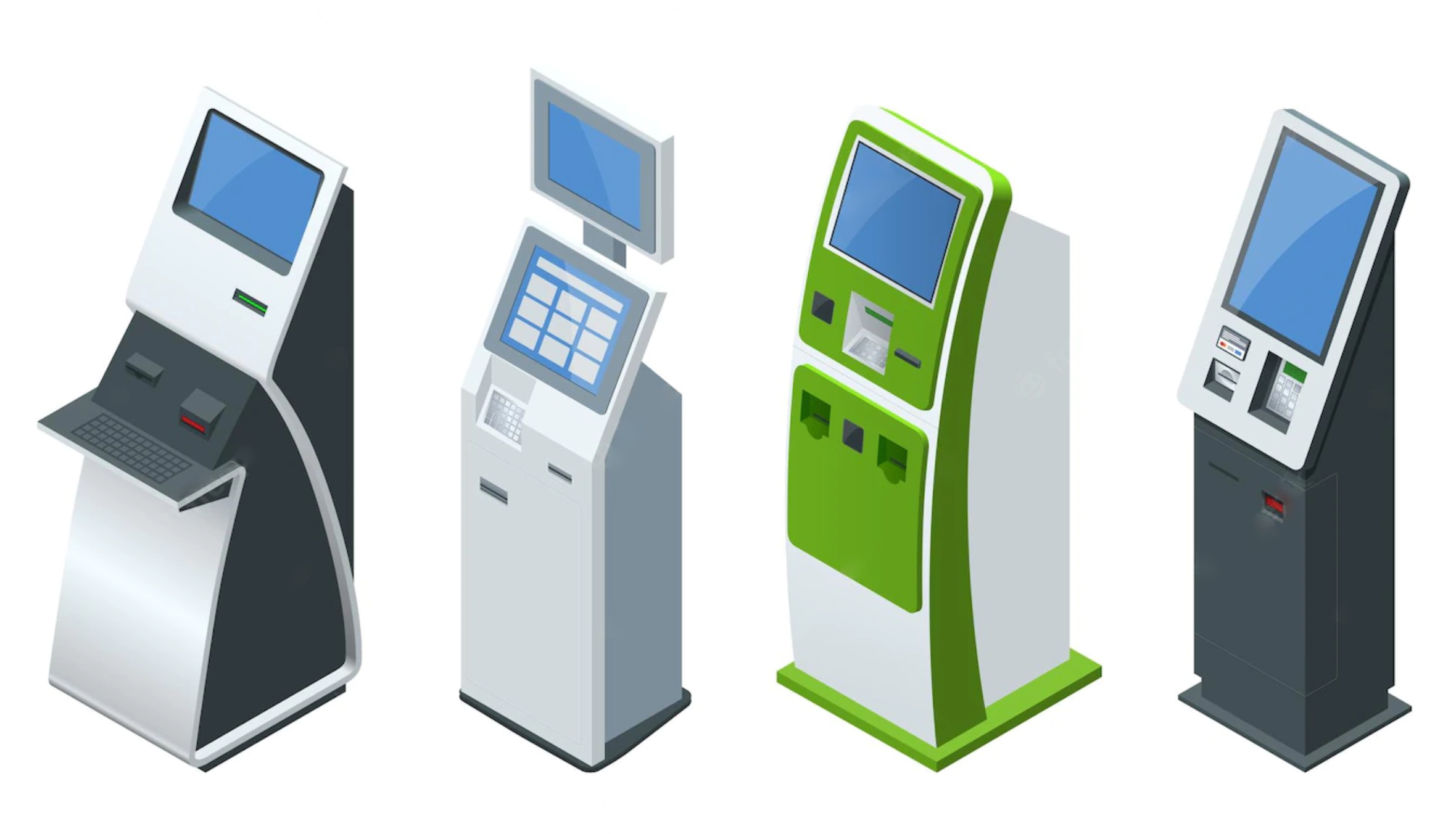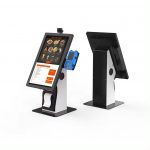Understand Your Needs
Before you start building your own self-checkout kiosk, you need to figure out exactly what functions you want it to have. Are you focusing on simple tasks like scanning and payment processing, or do you want to offer additional services such as product recommendations or loyalty program integration? Knowing what you need upfront will guide your decisions in terms of software, hardware, and design, making the entire process smoother and more efficient.
Choose the Right Hardware
The hardware you choose will determine how well your kiosk functions. A good starting point is a reliable touchscreen interface that’s large enough for customers to interact with easily. You’ll also need a scanner for barcode reading, a payment system that accepts credit/debit cards, and a printer for receipts or tickets. For more advanced kiosks, consider adding features like cash acceptance or mobile payment integration. All these components should be durable enough for high traffic areas but also intuitive for customers.
Design for User Experience
A great self-checkout kiosk is one that customers can easily use, even if they’ve never interacted with one before. Focus on a clean, user-friendly interface. The touchscreen should display clear instructions and guide customers through each step of the process. Keep the design minimal to avoid overwhelming users with too many options or buttons. Remember, simplicity is key to making a seamless, enjoyable self-service experience.

Develop Custom Software
To make your kiosk truly stand out, you may want to develop custom software that fits your specific needs. This software will allow you to control how the kiosk behaves, how it processes transactions, and how it communicates with your back-end systems. If you’re not a developer yourself, it’s worth hiring someone with experience in kiosk software development. Keep in mind that your software should be secure, especially when handling sensitive customer data, like payment information.
Test and Refine
Once your kiosk is built and the software is integrated, it’s time for testing. Ensure that everything works as expected by conducting multiple trials in different environments. Ask for feedback from real users during the testing phase to see if there are any areas of confusion or frustration. Refining your kiosk based on this feedback is crucial for improving the user experience and ensuring that it’s ready for a wider audience.
Deploy and Maintain
After testing and refining, it’s time to deploy your self-checkout kiosk. Place it in a high-traffic area where it can provide value to your customers. However, the work doesn’t stop there. You’ll need to set up regular maintenance to ensure the kiosk stays in top condition. This includes software updates, hardware checks, and addressing any issues that might arise from use. A well-maintained kiosk is not only a functional tool for customers, but also a great asset to your business.

